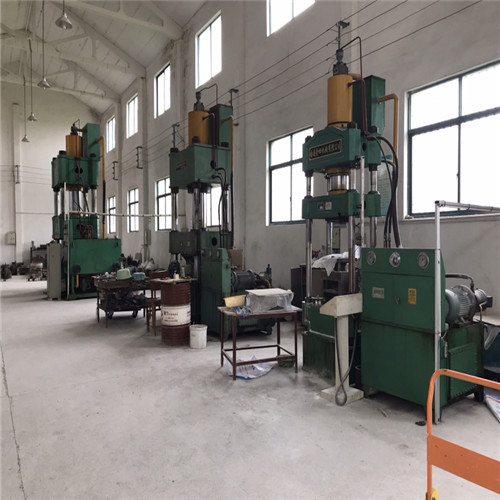The dry pressing method is also called the dry pressing method,
Its main features are as follows:
The cost of dry pressing molds is high, and only mass production of the same product is economical and affordable.
It is most suitable for parts that are not too large in geometric size, the long size is not too different, and the shape is not too complicated. If the shape is too complicated, the structure of the mold is too complicated, the cost increases, and the dimensional accuracy may not meet the requirements.
In order to achieve the best pressing performance, there are higher requirements for the particle composition and particle shape of the raw materials. Therefore, dry-pressed powders need to undergo strict process processing.
Since the water content of the green body is small, the drying shrinkage is small, so that the drying waste rate is relatively low.
The green body formed by dry pressing has high density, high strength, usually small shrinkage or expansion after firing, and it is easy to control the size of the finished product during production.
Dry press molding has a high degree of mechanization, and it is generally produced on an assembly line. However, maintenance after mechanical failure is relatively troublesome and must be completed in a short time, otherwise, it will affect production.
Advantages and disadvantages of dry pressing
Dry pressing is more common in the production of advanced ceramics and engineering ceramics, mainly because the method has the advantages of simple public welfare, convenient operation, short cycle, high efficiency, etc., so as to facilitate the implementation of automated production. In addition, the embryo body obtained by the molding method has high density, accurate size, small shrinkage, high mechanical strength, and good electrical properties. However, dry press molding has difficulties in the production of large embryo bodies, such as large mold wear, complex processing, and high cost. Secondly, this method can only press up and down, and the pressure distribution is uneven, the density is uneven, and the shrinkage is uneven, which will cause cracking, splitting, and other phenomena. With the development of modern molding methods, this shortcoming is overcome by isostatic pressing.


